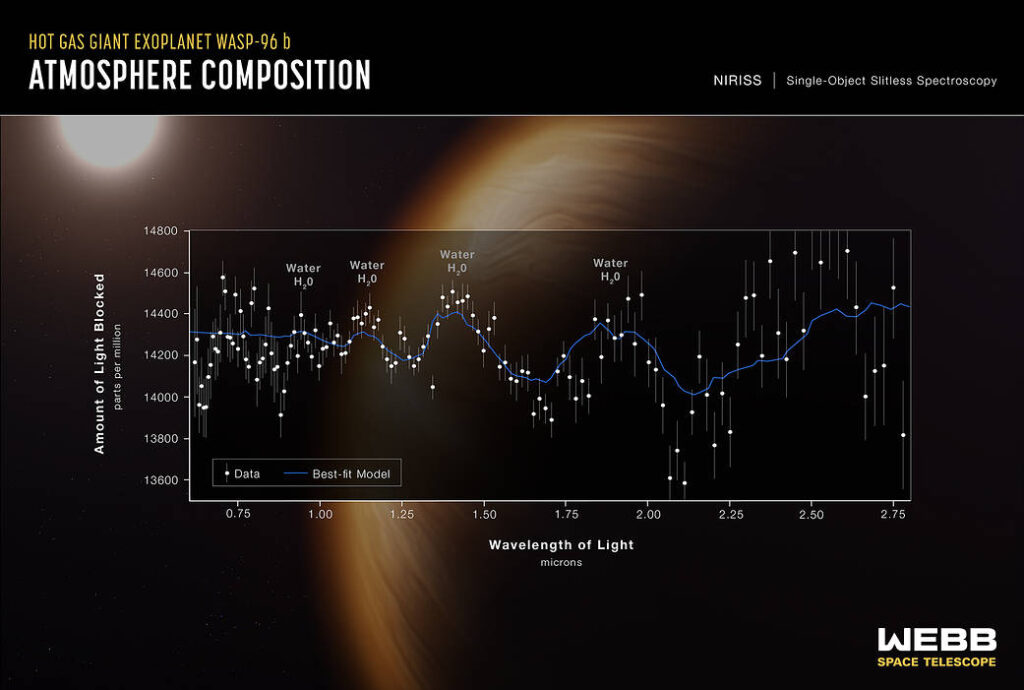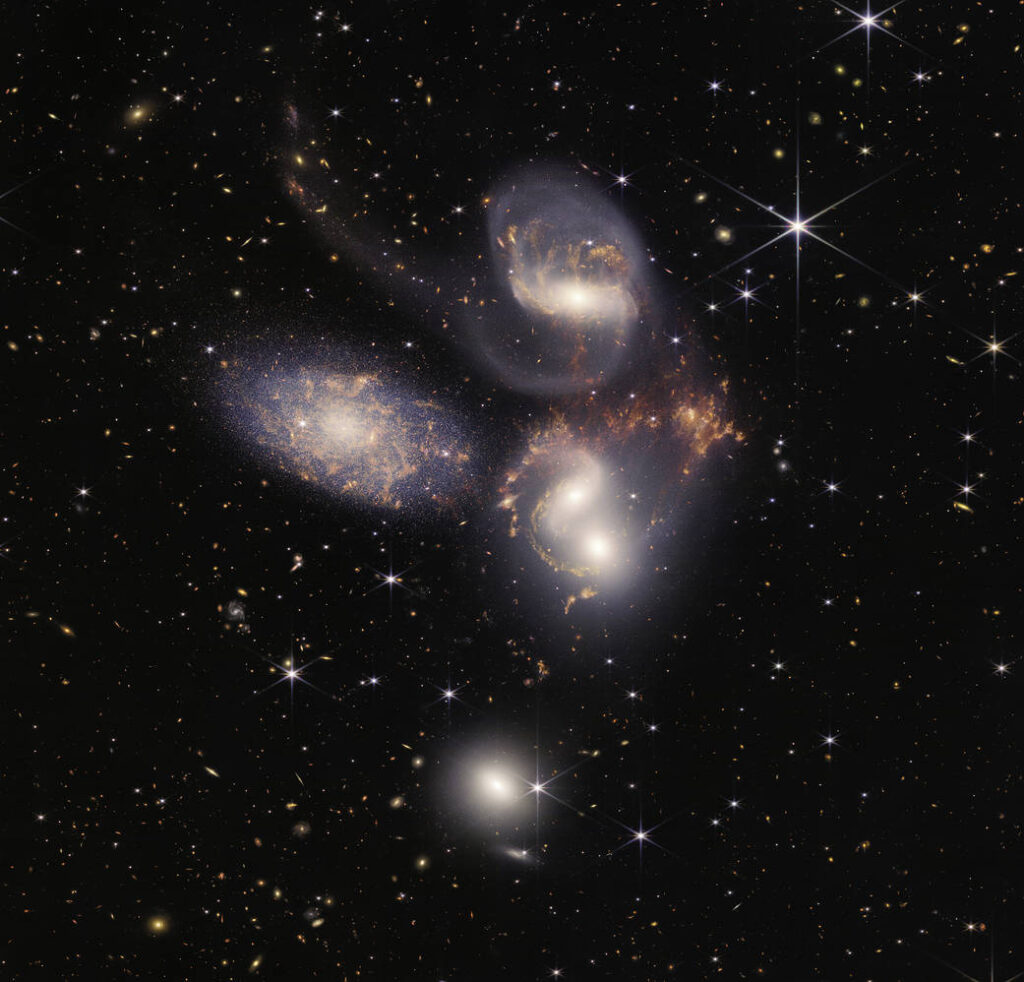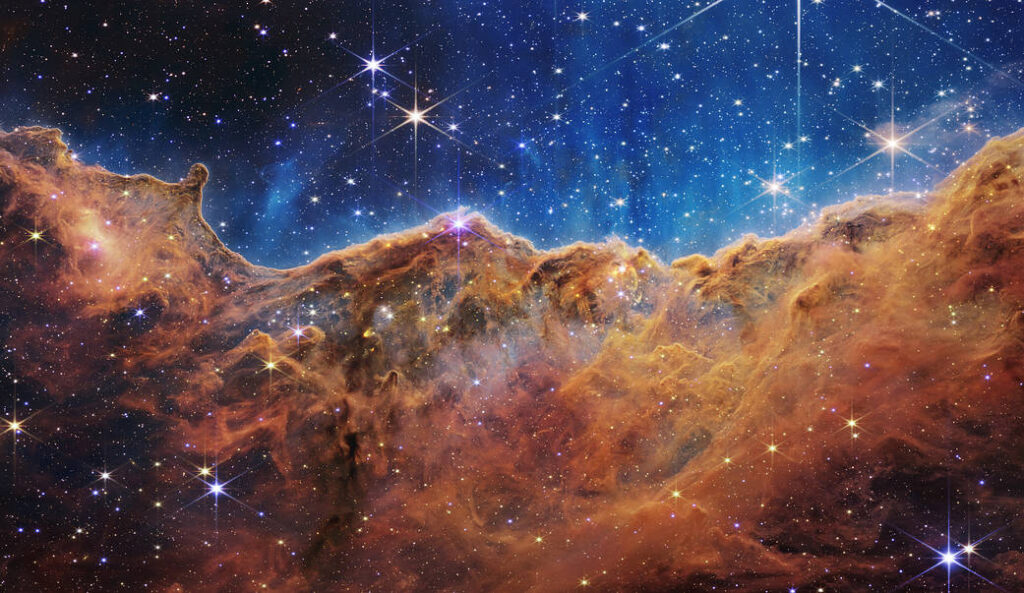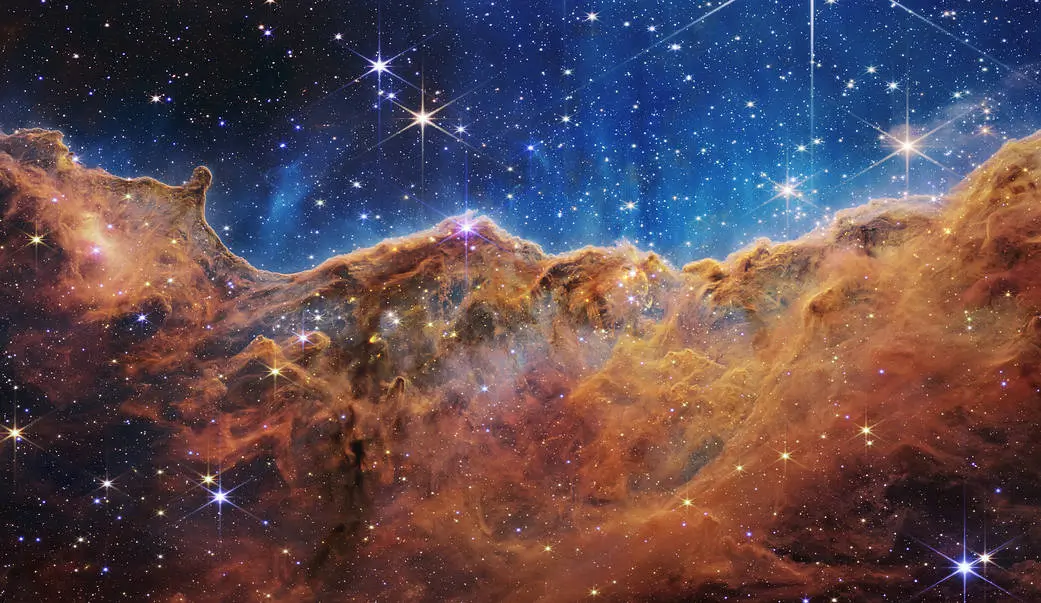The first images of the James Webb space telescope have been waiting, however the wait has been worth it, then, as expressed by NASA administrator, Bill Nelson, in the press release in which the 5 new images were announced, "humanity is today witnessing a new and innovative vision of the cosmos."
These first observations of the James Webb telescope have been selected by a group of NASA representatives, ESA, the CSA and the Institute of Space Telescope Sciences, and tell the history of the hidden universe through each phase of the history of the cosmos. The launch of the first images and spectra of Webb marks the beginning of the scientific operations of the largest and most powerful telescope ever released into space, with which astronomers around the world will have the opportunity to observe anything, from objects within our own solar system to the primitive universe.
These images, including the deepest infrared view of our universe that has never been taken, show us that the Webb will help us discover the answers to questions that we still do not even ask ourselves; questions that will help us better understand our universe and the place of humanity in it
Bill Nelson - NASA Administrator
These are the 5 images that will mark a new era in the exploration of the farthest universe.
1/5 The deepest and most clear infrared image of the farthest universe

The first of these images that we can observe is the detail of the cluster of SMACS 0723 galaxies. The NASA James Webb space telescope has produced the deepest and most clear infrared image of the distant universe to date. Thousands of galaxies - including the most dim objects ever observed in infrared - have appeared for the first time in the view captured by Webb. This portion of the vast universe is approximately the size of a grain of sustained sand at the distance of an arm extended by a person on the ground.
2/5 The show of an agonizing star

The most dim star in the center of this scene has been broadcasting gas and dust rings in all directions for thousands of years. NASA's James Webb Space Telescope has revealed details of the planetary nebula called nebula of the South Ring that were previously hidden from astronomers. The planetary nebulae are the layers of gas and dust that expel some stars while they die.
This nebula is about 2,500 light years away. Webb will allow astronomers to deepen many other specific details about planetary nebulae such as this, formed by clouds of gas and dust expelled by agonizing stars.
Understand which molecules are present, and where they are found along the layers of gas and dust, it will help researchers refine their knowledge of these objects.
3/5 The torrid atmosphere of a distant planet

James Webb Space Telescope has captured the unmistakable signal of water, along with evidence of clouds and mist, in the atmosphere that surrounds Wasp-96b, a giant gaseous, hot and inflated planet, which orbits around a sun-like star-like star.
The observation, which reveals the presence of specific gas molecules, based on small decreases in the brightness of precise light colors, is the most detailed of its type to date, demonstrating the unprecedented capacity of Webb to analyze atmospheres to hundreds of light years away.
Although the Hubble Space Telescope has analyzed numerous exoplanet atmospheres in the last two decades, capturing the first clear water detection in 2013, the immediate and more detailed observation of Webb marks a gigantic step forward in the search to characterize potentially habitable planets beyond the earth.
4/5 The evolution of galaxies and black holes

In this image we can observe Stephan's quintet under a new light. This huge mosaic is the largest image of Webb to date, and covers approximately one fifth of the diameter of the moon. It contains more than 150 million pixels and is built with almost 1,000 individual image files.
Webb information provides new knowledge about how galactic interactions may have promoted the evolution of galaxies in the primitive universe. With its powerful infrared vision and an extremely high spatial resolution, Webb shows details never seen before in this group of galaxies.
Bright clusters of millions of young stars and regions of star outbreaks where fresh stars are born adorn the image. Large gas, dust and stars are attracted from several of the galaxies due to gravitational interactions. In a more dramatic way, Webb captures huge shock waves when one of the galaxies, NGC 7318b, crosses the cluster.
5/5 Cosmic cliffs and glowing landscapes of stellar birth

This landscape of "mountains" and "valleys" dotted with bright stars is actually the edge of a nearby and young region where stars are formed, the region is called NGC 3324, in Carina's nebula.
This image, captured in infrared light by the new NASA James Webb space telescope, reveals stellar birth regions for the first time that were previously invisible, the so -called cosmic cliffs.
Webb's seemingly three -dimensional image looks like steaks on a night enlightened by the moon. Actually, it is the edge of the giant gas cavity that is within NGC 3324, and the highest "peaks" in this image have an approximate height of 7 light years. The cavernous zone has been carved in the nebula for the intense ultraviolet radiation and the stellar winds of extremely large and hot young stars, located in the center of the bubble, on the area shown in this image.
Interested in science?
You can find more information about the James Webb and all its images on NASA's official Twitter in Spanish.



























